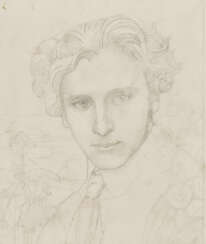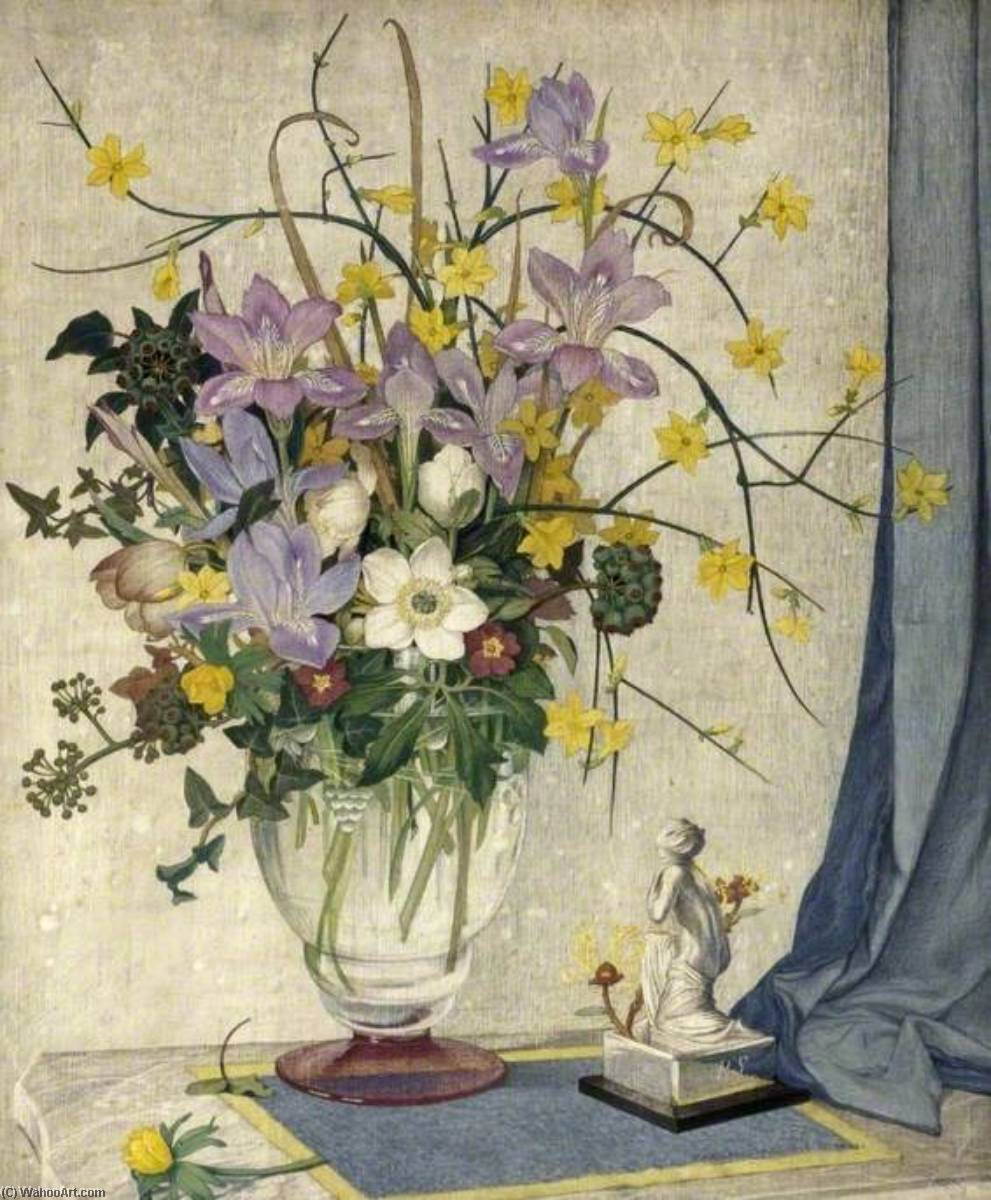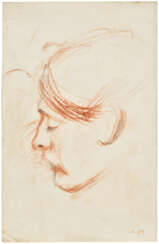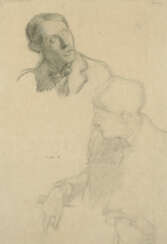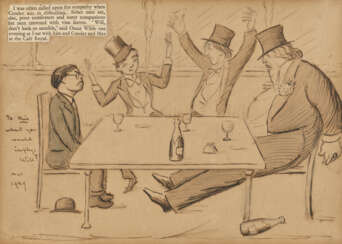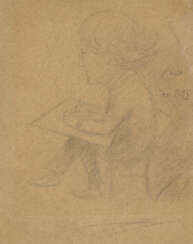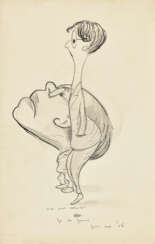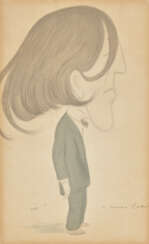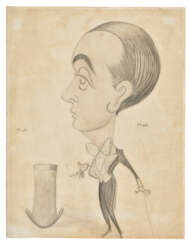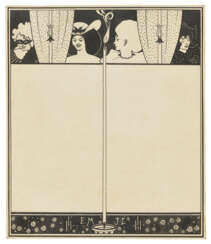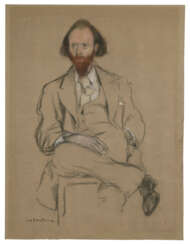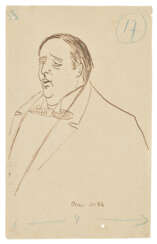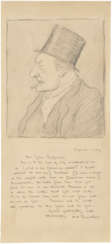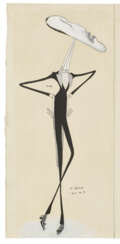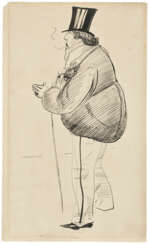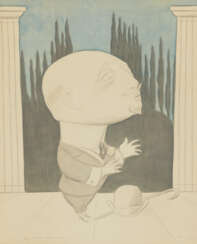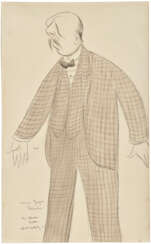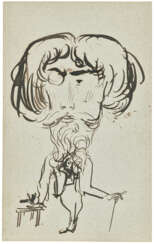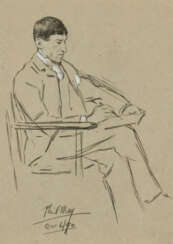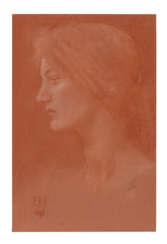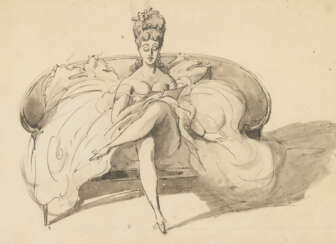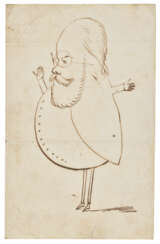
Drawings — Barry Humphries: The Personal Collection
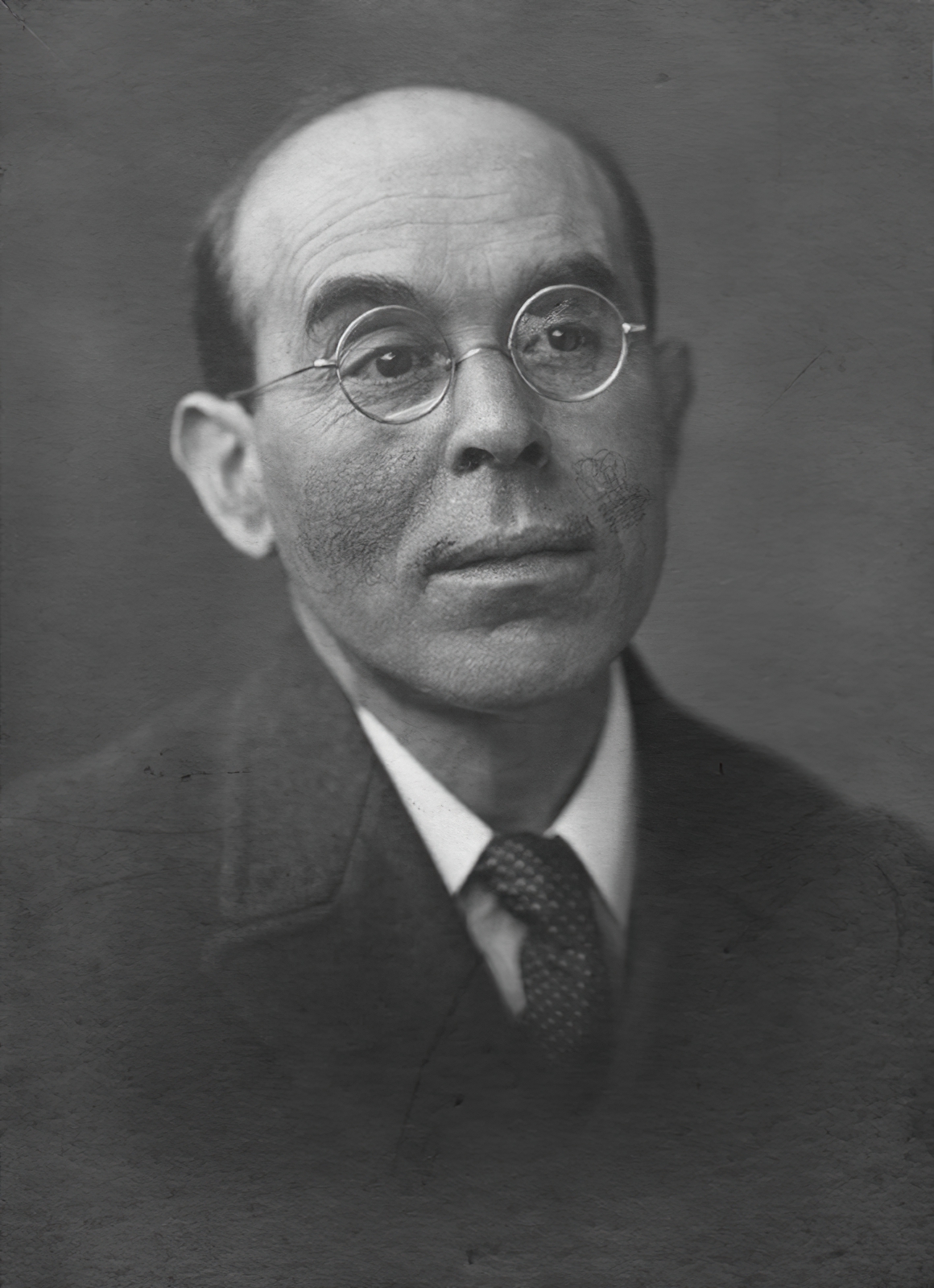
William Rothenstein was an English painter, printmaker, draughtsman, lecturer, and writer on art. Emerging during the early 1890s, Rothenstein continued to make art right up until his death. Though he covered many subjects – ranging from landscapes in France to representations of Jewish synagogues in London – he is perhaps best known for his work as a war artist in both world wars, his portraits, and his popular memoirs, written in the 1930s. More than two hundred of Rothenstein's portraits of famous people can be found in the National Portrait Gallery collection. The Tate Gallery also holds a large collection of his paintings, prints and drawings. Rothenstein served as Principal at the Royal College of Art from 1920 to 1935. He was knighted in 1931 for his services to art.

William Rothenstein was an English painter, printmaker, draughtsman, lecturer, and writer on art. Emerging during the early 1890s, Rothenstein continued to make art right up until his death. Though he covered many subjects – ranging from landscapes in France to representations of Jewish synagogues in London – he is perhaps best known for his work as a war artist in both world wars, his portraits, and his popular memoirs, written in the 1930s. More than two hundred of Rothenstein's portraits of famous people can be found in the National Portrait Gallery collection. The Tate Gallery also holds a large collection of his paintings, prints and drawings. Rothenstein served as Principal at the Royal College of Art from 1920 to 1935. He was knighted in 1931 for his services to art.
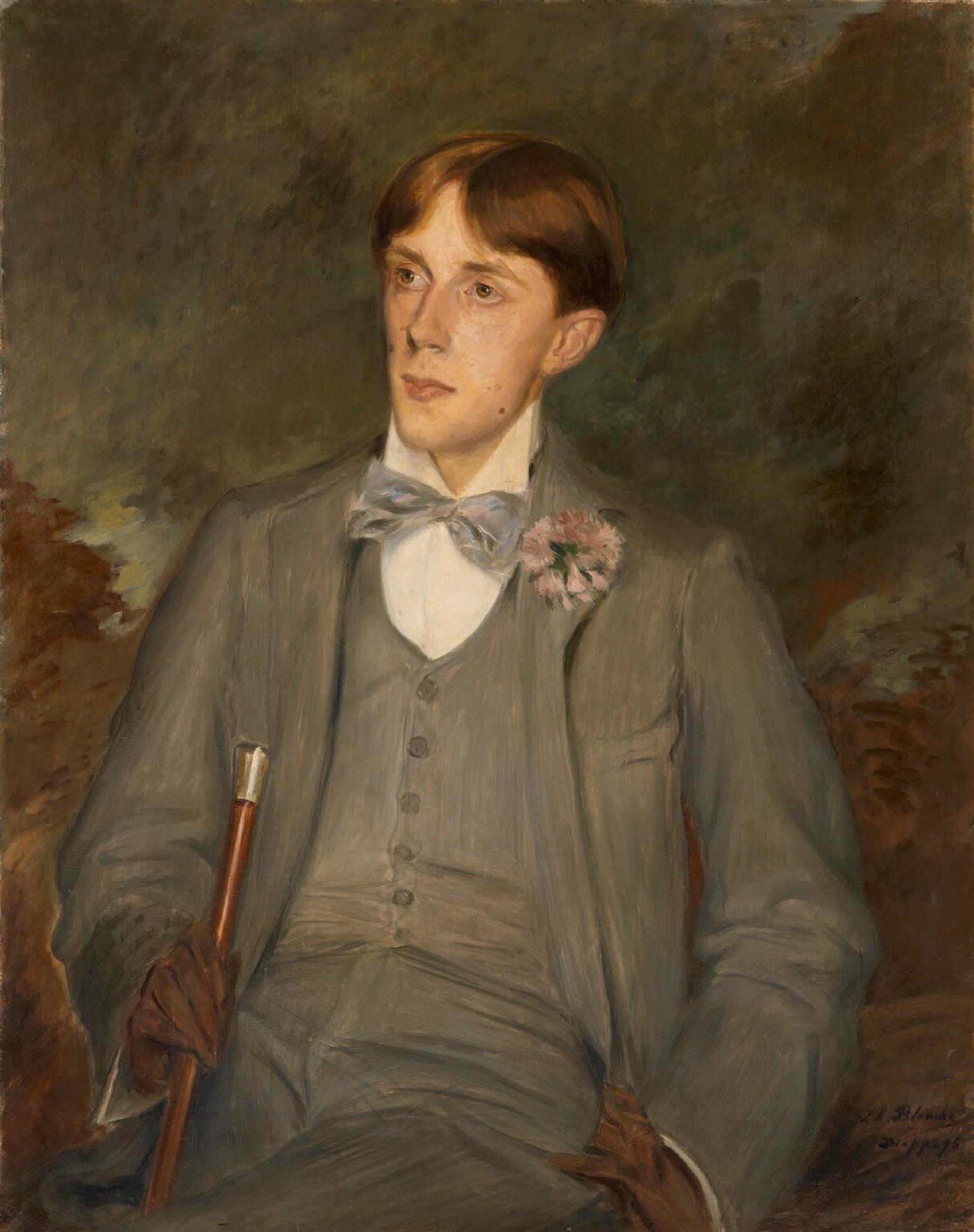
Aubrey Vincent Beardsley was an English artist and illustrator, whose brief yet impactful career left an indelible mark on the art world. Born in Brighton, England, in 1872, Beardsley's work was instrumental in the development of the Art Nouveau movement, and he is often remembered for his bold, innovative illustrations that challenged Victorian sensibilities with their erotic and often grotesque imagery.
Beardsley's artistic journey was characterized by his unique ability to blend influences from Japanese woodcuts with the aesthetic of the English Art Nouveau movement. His illustrations are distinguished by their stark contrasts of black and white, intricate details, and the absence of middle tones, creating a dramatic and unmistakable style. He was particularly known for his illustrations for the limited edition of "Le Morte D'Arthur," which were celebrated for their elaborate detail and pre-Raphaelite influences, despite their sometimes grotesque details. This work, along with his contributions to "The Yellow Book" and illustrations for Oscar Wilde's "Salome," showcased his talent for capturing the decadent and the macabre, earning him both acclaim and controversy (Wikipedia, The Collector).
Beardsley's career, though short-lived due to his untimely death at the age of 25 from tuberculosis, was marked by significant contributions to various publications, including "The Studio" and "The Savoy," which he co-founded. His work for "The Yellow Book," where he served as art editor, was particularly influential. The magazine, using the latest image-reproduction technology of the time, allowed Beardsley to make dramatic use of black and white space, reflecting his vision of modern life and aesthetics (V&A Museum).
Despite facing health challenges and controversies, including being dismissed from "The Yellow Book" during the scandal surrounding Oscar Wilde's arrest, Beardsley continued to work on projects that pushed the boundaries of conventional morality and art. His illustrations for works like Aristophanes' "Lysistrata" and his retelling of the Tannhäuser legend are testament to his enduring creative spirit and his willingness to explore themes of decadence, sexuality, and the grotesque.
Beardsley's legacy extends beyond his death, influencing not only the Art Nouveau movement but also future generations of artists and illustrators. His work continues to be celebrated for its daring originality and its challenge to the norms of his time. The Victoria and Albert Museum, among others, has celebrated Beardsley's contributions to art and culture, showcasing his ability to intertwine the beautiful and the grotesque in ways that remain provocative and engaging to this day.
For collectors and experts in art and antiques, Beardsley's work offers a fascinating glimpse into the aesthetic and cultural shifts of the late 19th century. His influence on poster art, illustration, and the broader Art Nouveau movement underlines the significant impact he had during his brief career. To stay updated on sales and auction events related to Aubrey Vincent Beardsley's work, signing up for updates can provide exclusive access to the continuing legacy of this remarkable artist.

William Rothenstein was an English painter, printmaker, draughtsman, lecturer, and writer on art. Emerging during the early 1890s, Rothenstein continued to make art right up until his death. Though he covered many subjects – ranging from landscapes in France to representations of Jewish synagogues in London – he is perhaps best known for his work as a war artist in both world wars, his portraits, and his popular memoirs, written in the 1930s. More than two hundred of Rothenstein's portraits of famous people can be found in the National Portrait Gallery collection. The Tate Gallery also holds a large collection of his paintings, prints and drawings. Rothenstein served as Principal at the Royal College of Art from 1920 to 1935. He was knighted in 1931 for his services to art.

William Rothenstein was an English painter, printmaker, draughtsman, lecturer, and writer on art. Emerging during the early 1890s, Rothenstein continued to make art right up until his death. Though he covered many subjects – ranging from landscapes in France to representations of Jewish synagogues in London – he is perhaps best known for his work as a war artist in both world wars, his portraits, and his popular memoirs, written in the 1930s. More than two hundred of Rothenstein's portraits of famous people can be found in the National Portrait Gallery collection. The Tate Gallery also holds a large collection of his paintings, prints and drawings. Rothenstein served as Principal at the Royal College of Art from 1920 to 1935. He was knighted in 1931 for his services to art.

William Rothenstein was an English painter, printmaker, draughtsman, lecturer, and writer on art. Emerging during the early 1890s, Rothenstein continued to make art right up until his death. Though he covered many subjects – ranging from landscapes in France to representations of Jewish synagogues in London – he is perhaps best known for his work as a war artist in both world wars, his portraits, and his popular memoirs, written in the 1930s. More than two hundred of Rothenstein's portraits of famous people can be found in the National Portrait Gallery collection. The Tate Gallery also holds a large collection of his paintings, prints and drawings. Rothenstein served as Principal at the Royal College of Art from 1920 to 1935. He was knighted in 1931 for his services to art.
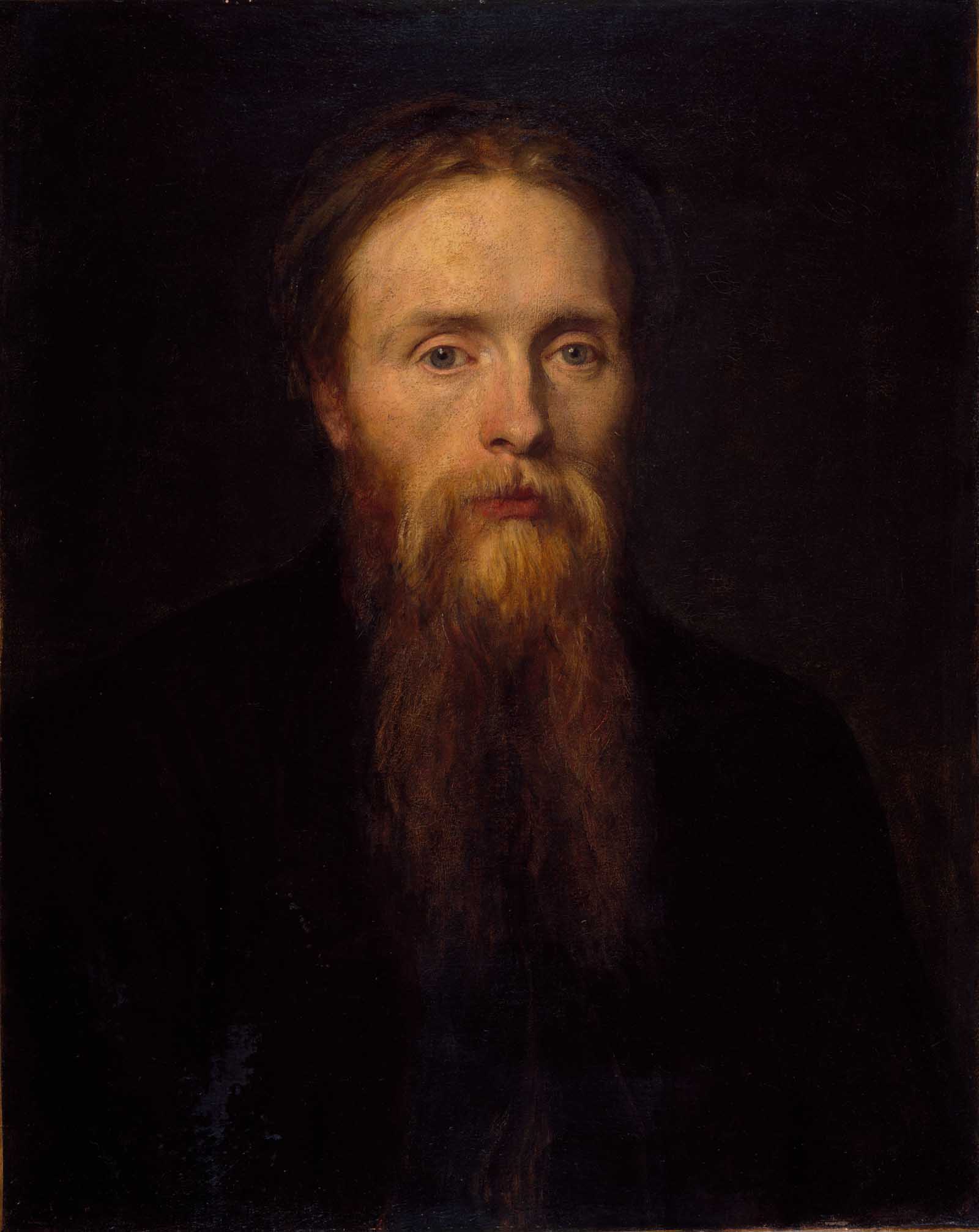
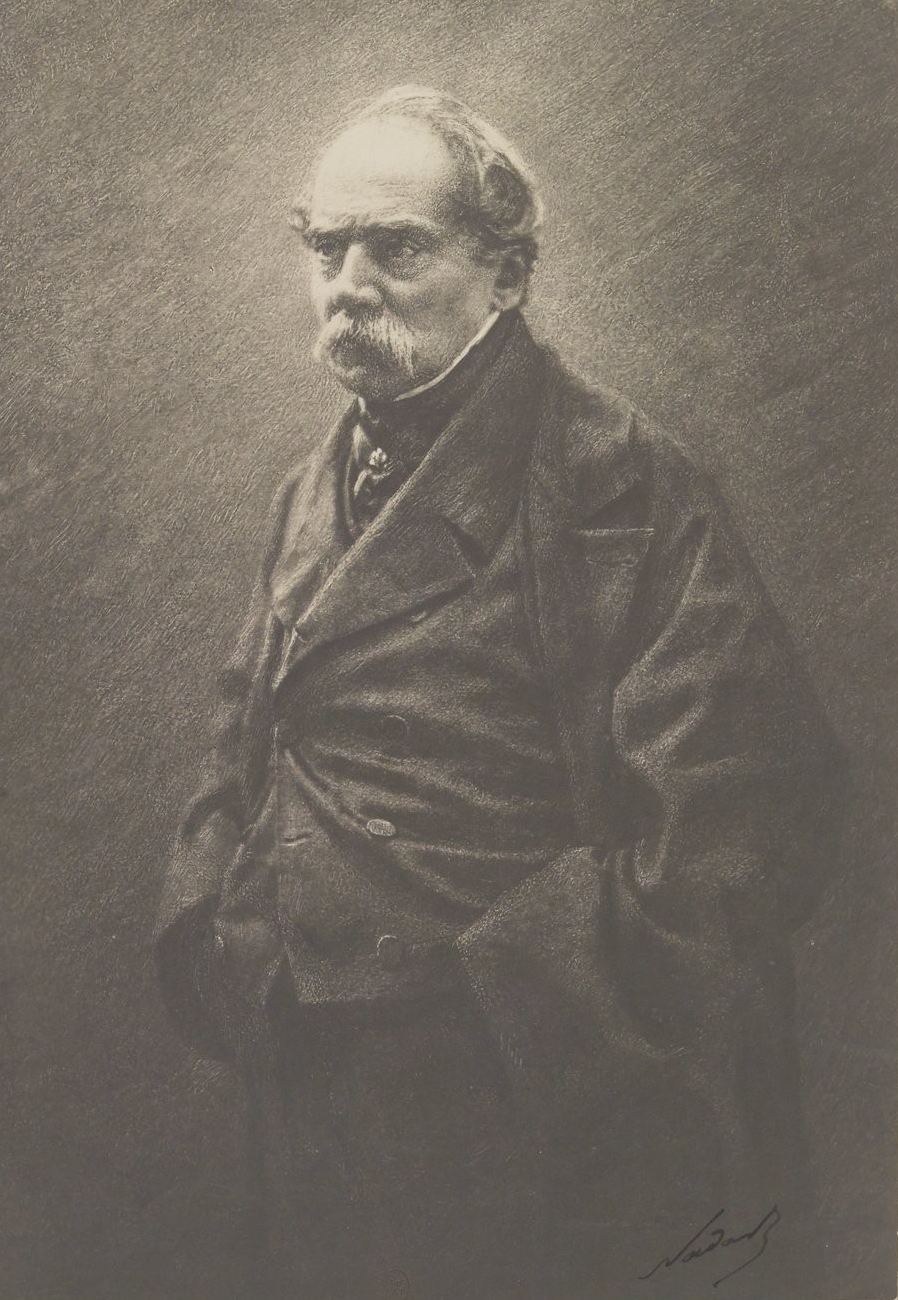
Constantin Guys (Ernest-Adolphe-Hyacinthe-Constantin Guys) was a Dutch-born French Crimean War correspondent, water color painter and illustrator for British and French newspapers.

Edward Lear was an English artist, illustrator, musician, author and poet, who is known mostly for his literary nonsense in poetry and prose and especially his limericks, a form he popularised.
